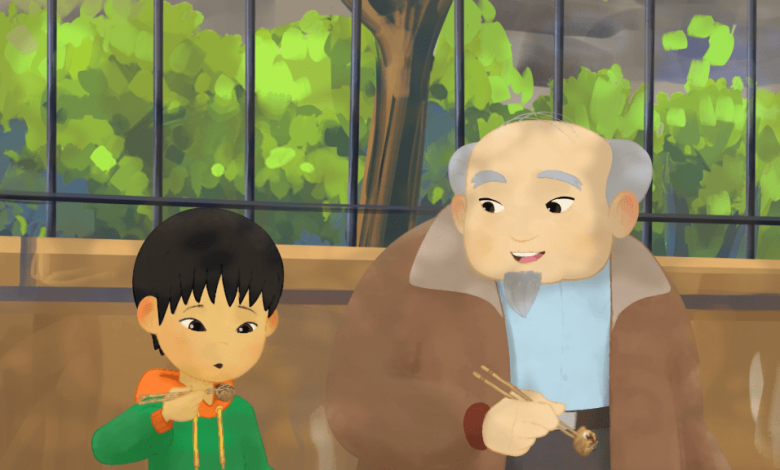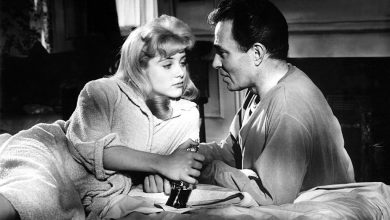EXCLUSIVE: Director Celia Catunda Creates Unique Blend of Japanese and Brazilian Animation in My Grandfather is a Nihonjin

Celia Catunda, director of My Grandfather is a Nihonjin — an animated film exploring the Japanese immigrant experience in Brazil — emphasized her intent to craft a distinct animation style rather than lean heavily into traditional anime. Speaking ahead of the film’s screening at Annecy, Catunda shared her vision to combine Japanese animation traditions with Brazilian cultural influences, creating a fresh, hybrid style.
The film arrives 30 years after a friendship treaty was signed between Brazil and Japan, and follows Noboru, a boy from São Paulo who, assigned a family history project, turns to his grandfather Hideo to uncover his Japanese roots. Hideo, initially reluctant to revisit his past, eventually shares his story, unfolding a heartfelt exploration of identity.
BBC Studios and Blink Collaborate on New Anime-Inspired Kids Series
Crafted in hand-drawn 2D animation, the film integrates Japanese cultural motifs while infusing a Brazilian sensibility. Catunda, who leads Pinguim Content, the production company behind the film, said, “Japanese animation is so strong. I wanted to create another style that went a bit Brazilian and wasn’t completely Japanese.”
Based on Oscar Nakasato’s acclaimed novel, Catunda’s work was influenced by her own childhood friendships with Japanese descendants. The project benefitted from collaboration with contemporary artist Oscar Oiwa, himself a Japanese-Brazilian, who contributed to the film’s visual development.
To avoid stereotypes, Catunda engaged Japanese cultural consultants, particularly for script supervision and music — which merges Japanese sounds with Brazilian countryside rhythms. She explained how consultants helped refine character behaviors, such as the grandfather’s reserved body language, typical of Japanese culture.
Immigrant Experience at the Heart of the Story
Growing up in Brazil’s multicultural environment inspired Catunda to depict the immigrant experience with nuance. Noboru’s circle includes friends from diverse backgrounds, reflecting Brazil’s rich cultural mosaic.
See More ...
Catunda highlighted animation’s unique power to symbolize cultural identities and bring authenticity without relying on extensive casts of actors, referencing the film Dounia and the Princess of Aleppo as a favorite example.
Central to the narrative is the tension between Noboru and Hideo: while the grandfather clings to his Japanese identity, Noboru seeks to affirm his Brazilian heritage. This generational conflict reveals the complex, evolving nature of identity in migration.
Genndy Tartakovsky Reflects on 25 Years of Cartoon Network Studios and the Future of Animation
A Promising Future for Independent Animation
Premiering at Annecy, My Grandfather is a Nihonjin arrives amid a positive momentum for independent animation, following the Oscar win of Latvian film Flow. Catunda praised the importance of storytelling over large budgets, believing that creative ambition can thrive despite financial constraints.
Alongside promoting the film, Catunda is developing Luna and the Missing Rivers – An Amazon Adventure, a spin-off of the TV series Earth to Luna, focusing on climate change themes in the Amazon rainforest.




